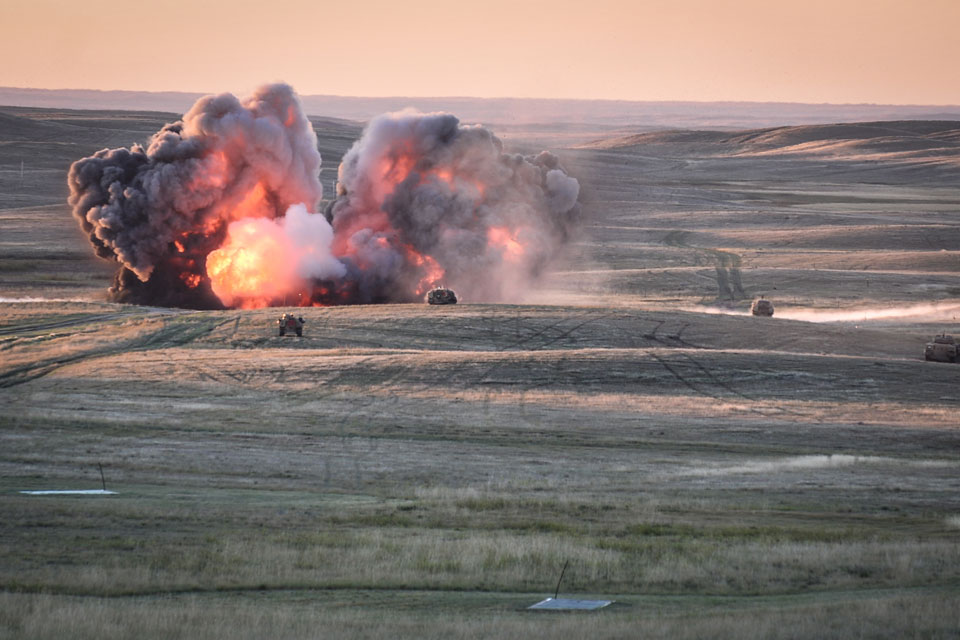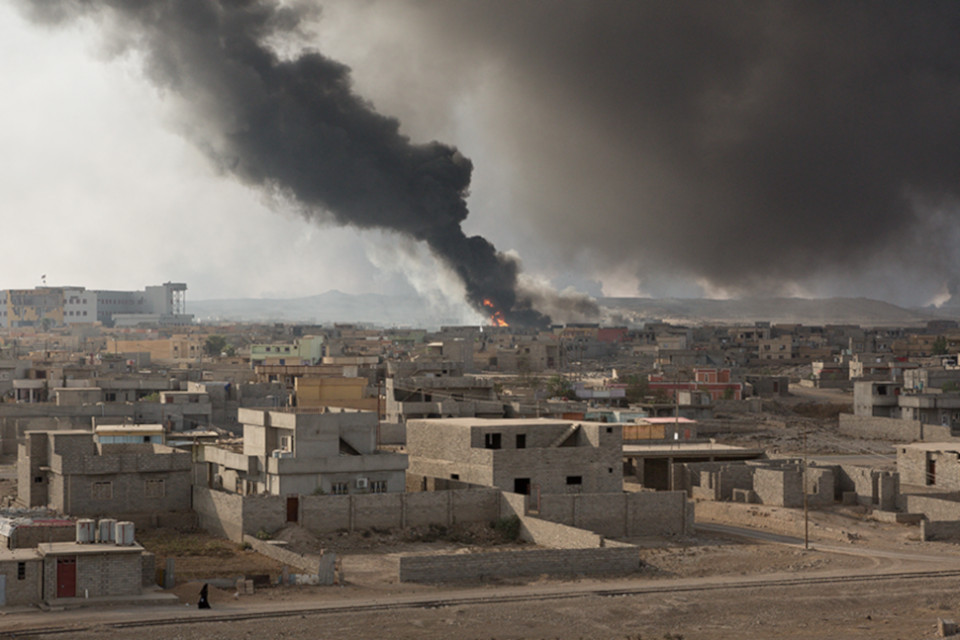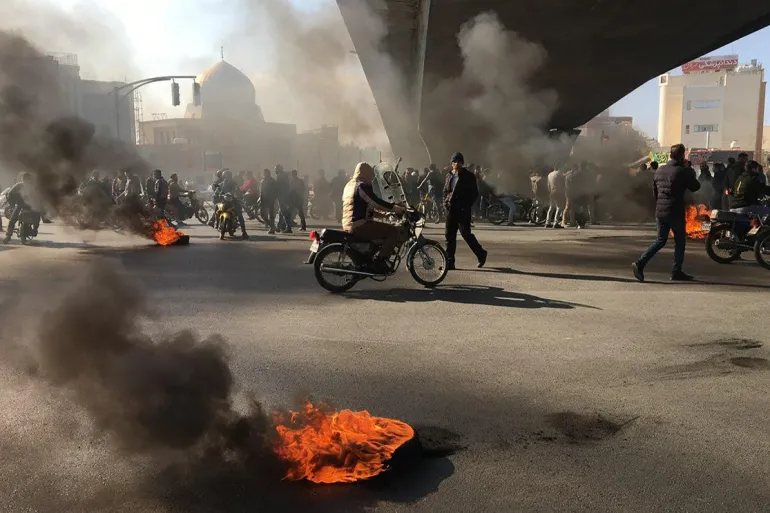Humans have traditionally measured the casualties of war in terms of wounded and dead soldiers and destroyed infrastructure, overlooking the environment as a hidden victim. Regardless of the side, parties in war tend to implement devastation and destruction on the environment. Armed conflicts result in water, soil, and air pollution. The torching and cutting down of crops for military advancement lead to deforestation, while animal hunting is exploited for military advantages.

Figure 01: A UK battle group training on the British Army Training Area Suffield (BATUS), Alberta Canada generating potential health and environmental impacts.
The strategic use of the natural environment in war dates back to ancient times. Armies like Rome and Assyria, reportedly sowed salt into their foes’ cropland, rendering it useless for farming. This early use of military herbicide stands as one of the most devastating environmental effects of war.
In contemporary times, warfare has evolved, with modern chemical, biological, and nuclear elements capable of wreaking unprecedented environmental havoc. The type and intensity of armed conflicts vary, influenced by the parties involved, where and how they’re fighting, strongly impacting the environment.

Figure 02: In Qayyarah, northern Iraq, toxic plumes from burning oil wells in and around the town threatened human health and the environment.
High-intensity conflicts demand vast quantities of fuel for large-scale vehicle movements and machinery, resulting in massive CO2 emissions that contribute to climate change. Large-scale vehicle movements and excessive explosive use lead to widespread physical damage to geodiversity. Pollution can also arise from damage to light industry and environmentally sensitive infrastructure, such as water treatment plants. The loss of energy supplies can have reverberating effects detrimental to the environment.
Deliberate attacks on oil or industrial facilities are used as weapons of war to pollute large areas and spread terror. The destruction of agricultural infrastructure, such as canals, wells, and pumps, along with the burning of crops, further increases the environmental impact.

Figure 03: Widespread attacks in Iran against instant fuel price rise
Historical examples, like the Hiroshima-Nagasaki bombings, highlight the severe consequences of nuclear warfare on wildlife, vegetation, and the emission of radiation.
Recognizing the importance of safeguarding the environment in times of strife, the 6th of November the International Day for Preventing the Exploitation of the Environment in War and Armed Conflict serves as a global call to action. Incorporating environmental considerations into conflict resolution strategies is paramount for building sustainable peace. Addressing environmental exploitation in war takes a step towards a holistic approach to conflict resolution, protecting not only human lives but also the delicate balance of ecosystems.
Written By:
Yoshini Kumarasinghe,
1st Year Undergraduate,
Biological Science Stream,
Faculty of Science,
University of Colombo.
References:
- ConEnvObs. (2023, June 26). How does war damage the environment? CEOBS. https://ceobs.org/how-does-war-damage-the-environment/
- Protecting the environment in armed conflict. (n.d.). https://www.genevaenvironmentnetwork.org/resources/updates/protecting-the-environment-in-armed-conflict/
Image Courtesy:
- Featured Image: https://biturl.top/2YRVBn
- Figure 01: https://biturl.top/IbMBNn
- Figure 02: https://biturl.top/FjyuYb
- Figure 03: https://biturl.top/2EFFnu



0 Comments